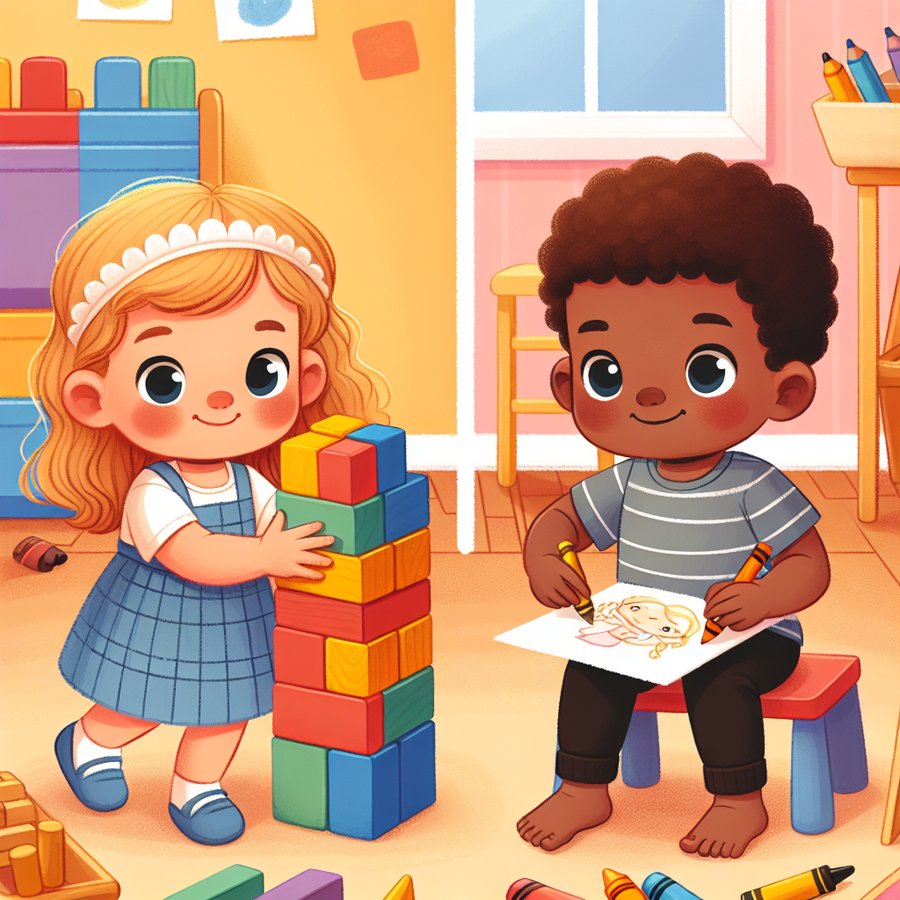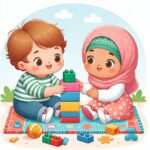The significance of parallel play in toddler years is a fascinating aspect of early childhood development, marking a crucial stage where children play alongside each other, yet somewhat independently. This unique form of play is not just a passing phase; it’s a foundational stone for developing social skills, understanding personal space, and learning how to share and cooperate with others.
The Developmental Milestones of Parallel Play
Parallel play typically emerges around the age of 2, serving as a bridge between solitary play and more interactive, cooperative play forms. At this stage, toddlers are keen observers, absorbing every action and interaction around them without direct engagement. It’s a time when children start to recognize the presence of peers, learning implicitly from their actions and behaviors.
This form of play is crucial for cognitive growth, offering toddlers the opportunity to explore their environment in a safe and controlled manner. Through parallel play, toddlers begin to develop key social skills such as empathy, negotiation, and the ability to share, setting the stage for more complex social interactions in the future.
Significance of Parallel Play in Toddler Years
Understanding the significance of parallel play in toddler years is essential for parents and caregivers. It enables them to create environments that foster these developmental milestones. Parallel play allows toddlers to assert their independence while being in the reassuring proximity of their peers, offering a unique blend of social interaction and individual exploration.
As toddlers engage in parallel play, they learn valuable lessons in problem-solving and conflict resolution. They observe how their peers navigate challenges, which in turn, influences their approach to similar situations. This form of play also enhances language skills as children pick up new words and phrases from their playmates, enriching their vocabulary and understanding of language.
Creating Opportunities for Parallel Play
Encouraging parallel play involves providing a conducive environment where toddlers feel safe and stimulated. This includes setting up play areas with multiple sets of similar toys to reduce competition and encourage sharing. Parents and caregivers can facilitate parallel play by organizing playdates with children of similar ages, fostering a social setting for toddlers to engage in this form of play naturally.
It is also beneficial to introduce activities that promote parallel play, such as art projects, sandbox play, or building blocks. These activities encourage toddlers to play in close proximity to each other, sharing materials and space without the need for direct interaction. For more insights on fostering this critical stage of development, consider exploring resources that discuss strategies for encouraging parallel play among toddlers.
In conclusion, the significance of parallel play in toddler years cannot be overstated. It is a critical developmental stage that lays the groundwork for future social interactions, emotional intelligence, and cognitive skills. By understanding and supporting this form of play, parents and caregivers can help toddlers navigate the complexities of social dynamics, preparing them for a lifetime of healthy relationships and personal growth.
To further support your toddler’s development, explore additional resources such as encouraging walking milestones, boosting fine motor skills, and promoting gross motor skill development among others. These comprehensive guides offer valuable strategies and tips to support your child’s overall growth and development during these formative years.













